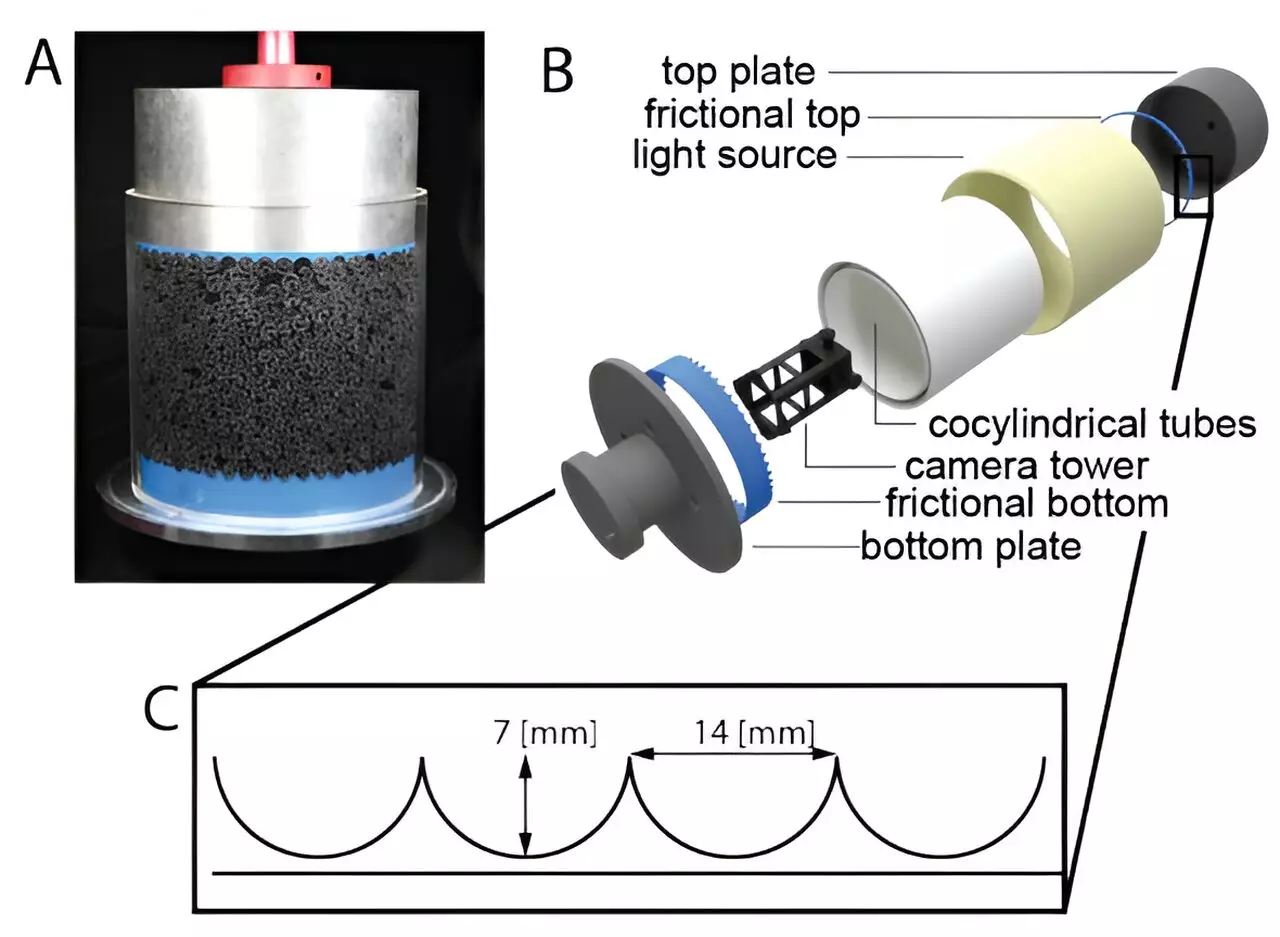Granular materials, such as sand, have always intrigued scientists due to their unique properties. While sand appears solid and difficult to compress when on the beach, it flows like a liquid when placed in an hourglass. Researchers from the University of Amsterdam and Santiago in Chile have recently made a breakthrough in creating new granular materials that can be easily compressed. This innovation opens up possibilities in various applications, such as shock dampening.
The Role of Tetrapods
Tetrapods, the enormous four-legged blocks of concrete found along the coast of Japan, serve as an example of granular metamaterials created by humans. These structures have a specific shape that prevents them from flowing like ordinary boulders. The design of tetrapods allows them to stay in place and fulfill their intended purpose of preventing coastal erosion. This demonstrates the ease of creating almost incompressible granular systems that flow poorly.
The Breakthrough in Material Design
The researchers from Amsterdam and Santiago focused on creating grains that shrink radially under external pressure. This unique feature allows the grains to maintain their flowing behavior similar to a liquid when compressed. By manipulating the geometry of the material, the researchers were able to tune the properties of granular materials. This innovative approach has paved the way for creating packings that are both easy to compress and flow seamlessly.
The new compressible granular materials show promising results in shock dampening applications. When a metal disk is dropped into a packing of the new grains, it slows down gradually and transfers energy more consistently to the material. This property can be essential in scenarios such as speed skating races where the use of these new grains inside cushions can reduce the impact on athletes.
The research published in the Proceedings of the National Academy of Sciences showcases the potential of these innovative granular materials. By fine-tuning the properties of the grains, new opportunities emerge in various fields. The ability to create packings that are easy to compress and flow smoothly opens up avenues for advanced shock dampening systems and other applications where controlled flow properties are crucial.
The design of compressible granular materials represents a significant advancement in material science. The collaboration between researchers from different parts of the world has led to the development of innovative grains that exhibit unique compressibility and flow properties. The implications of this research extend to diverse fields, from engineering to sports equipment. As technology continues to evolve, the exploration of granular metamaterials opens the door to new possibilities in material design and application.


Leave a Reply